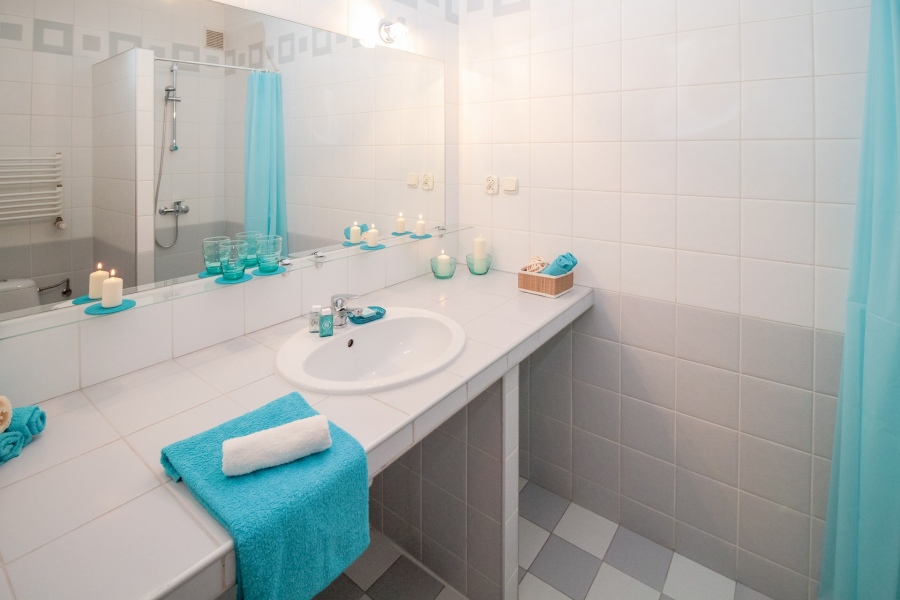World heritage sites are some of the most important places in the world and they all have some kind of international significance. Lord Howe Island for example is home to outstanding marine eco systems and offers outstanding universal value. The protection gained through achieving this status helps to prevent an area, property or site from becoming spoilt or destroyed and therefore ensures that they can continue to be enjoyed and visited. It’s not easy to gain such status and the process of nomination and acceptance is a long one and the responsibility of UNESCO.
What is UNESCO?
UNESCO stands for the United Nations Educational, Scientific and Cultural Organisation, which promotes international collaboration. They have many responsibilities and goals, all of which relate to peaceful and safe relations between countries often using teaching programs with a focus on culture, history, science, human rights and justice. Their goal regarding world heritage sites it to secure, protect and preserve the natural and cultural heritage of the world. It is the World Heritage Committee as part of UNESCO that manages the current listed sites and discusses nominations for potential new ones. The World Heritage Committee also controls the World Heritage Fund and is able to provide funding or subsidy to world heritage sites that meet certain conditions and requirements.
Outstanding Natural or Cultural Importance
The idea for such an organisation came about in 1965 in the White House. It was decided that here was a need ‘to preserve the world’s superb natural and scenic areas and historic sites for the present and the future of the entire world citizenry.’ Today every year each country can nominate a place or property for the case to be evaluated and to determine whether or not it should make it onto the World Heritage List. All nomination can be separated into two categories, which are outstanding natural importance or outstanding cultural importance. There is a set of ten specific criteria and in order to make the list, the site must meet at least one. This criterion includes notions such as ‘represents human creative genius’ or ‘contains areas of exceptions natural beauty’ for example.
Current World Heritage Sites
Data recorded in 2013 shows that as of that date, there were 981 listed sites spread throughout the world. The country with the most World Heritage Sites is Italy with 49, closely followed by China with 45 and Spain with 44. Australia currently has 19 listed World Heritage Sites, one of which is The Lord Howe Island Group. The island is covered in forest, which has been virtually untouched by the islands limited number of residents and tourists and is home to a number of species of plant and animals that can be found anywhere else in the world. It is considered to be a site of global natural significance. It’s not only the land life and species that is significant but also the marine eco-system and the waters surrounding the islands are also protected and are now considered a marine park.
Author
Chris Deming authored this post. He is a writer by profession with specialisation in tourism, environment and culture. When he is not writing, he travels Asia where he has been to 7 Asian countries to date.





